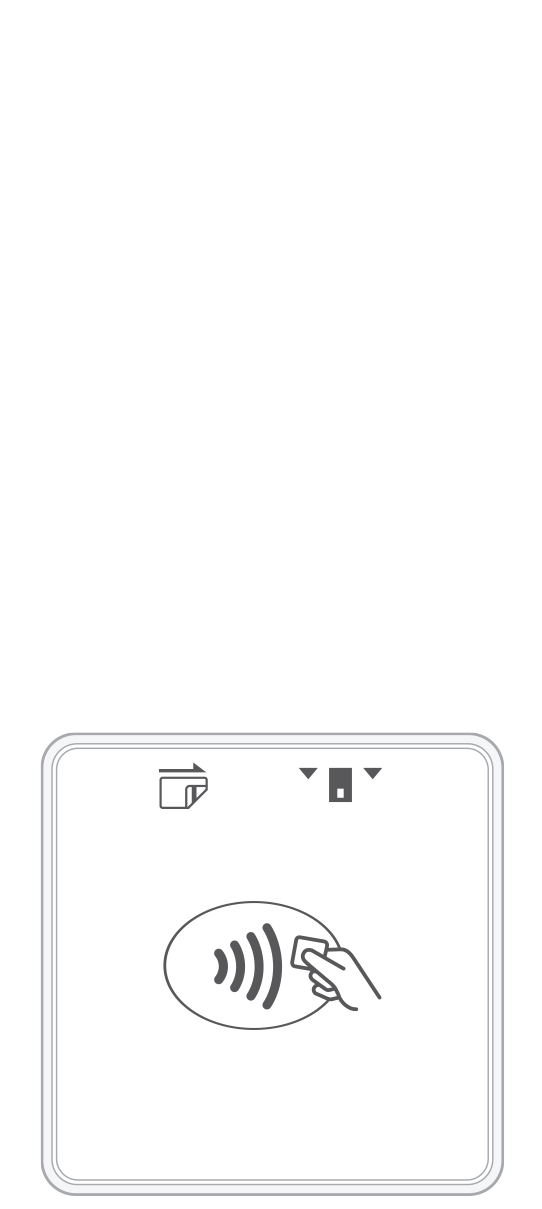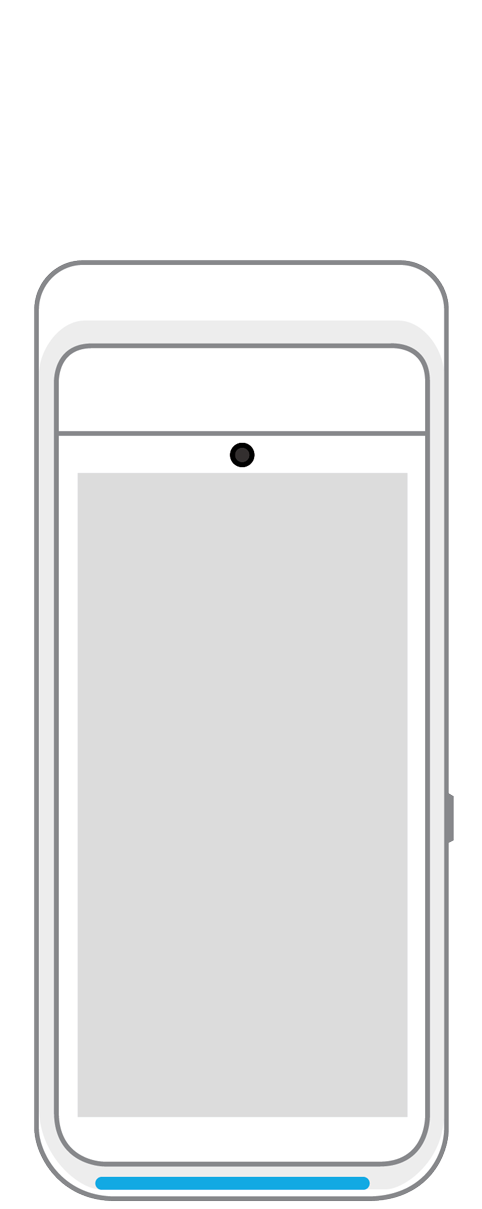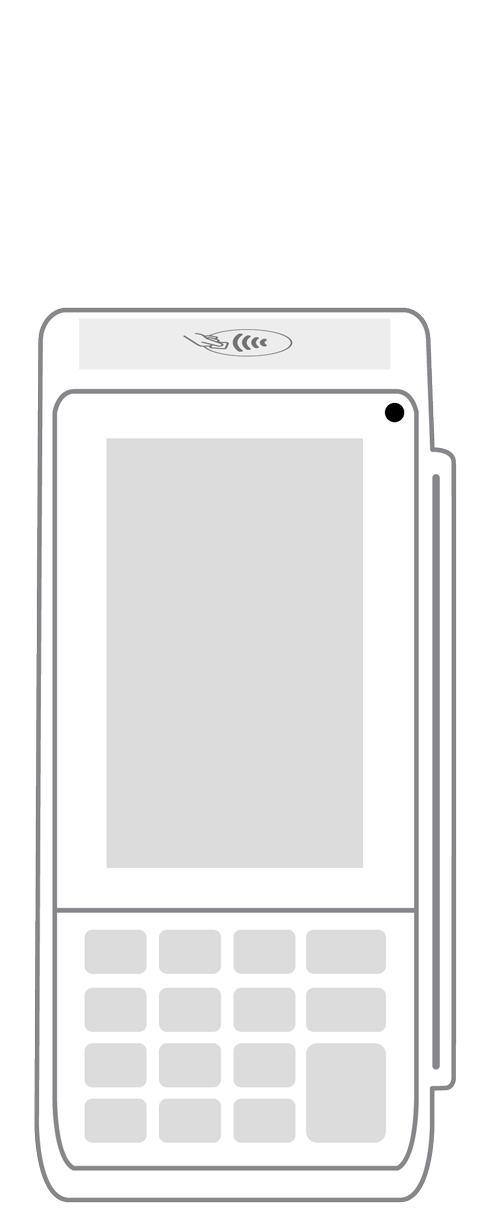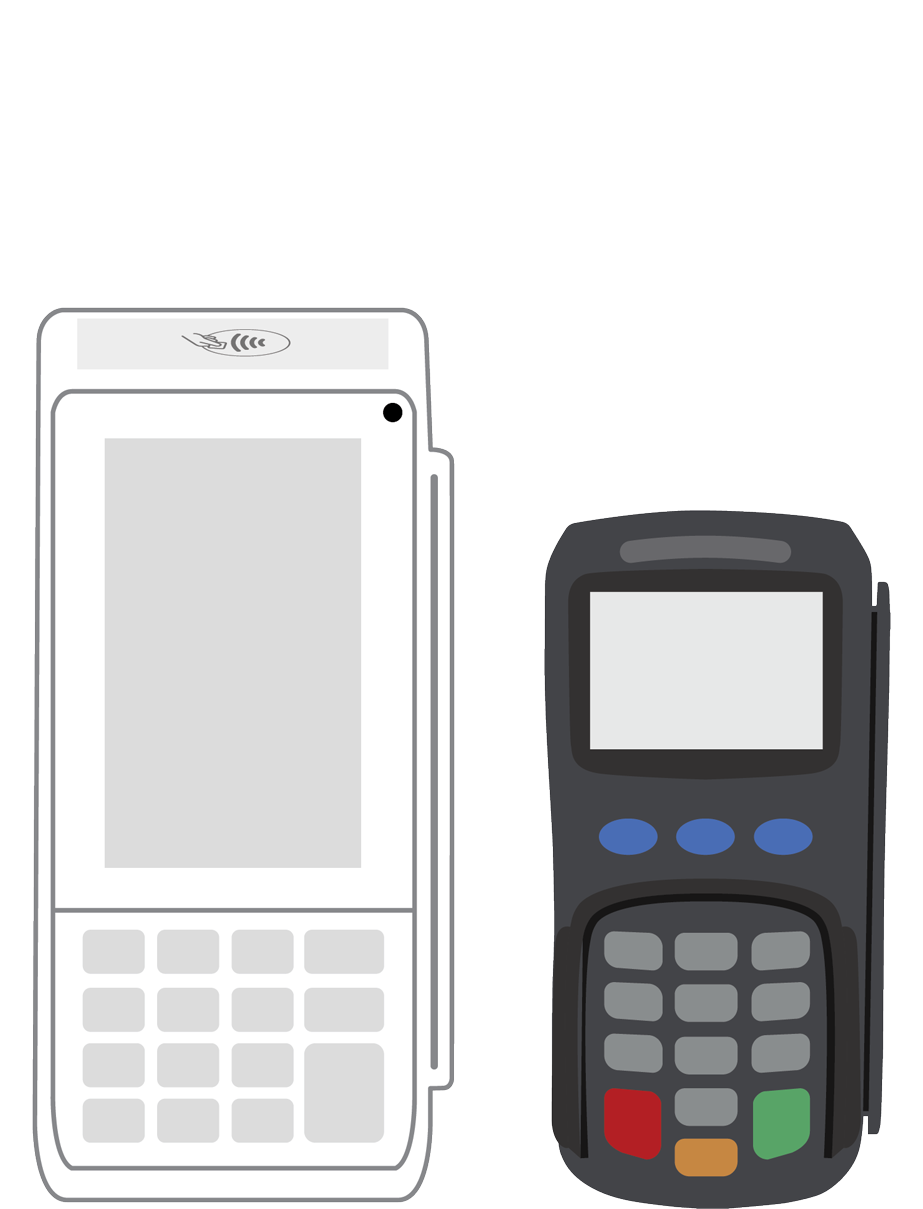How to Write a Business Plan for Your Boutique

Think of your business plan as both a compass and a launching pad. It provides the road map that describes your goals, and lights your way in accomplishing them.
But just how do you go about creating this mysterious document?
Define your company
You first need to introduce the world to your boutique. Describe its groundwork: its name and location, the customers you plan to serve, and the products to be sold.
This market analysis should also discuss, at least in brief, the behind-the-scenes systems and payment processor you plan to use to support your operations.
Moreover, you should talk about your competitors, including any gaps in what they have to offer that you plan to fill by bringing your business into the marketplace.
Develop marketing strategies
Define how you will attract customers, including sourcing merchandise, inventory management, staffing, and sales and marketing strategies.
The plan also needs to clearly and concisely communicate details about how you intend to bring in customers.
In order for that to happen, you must describe how you will be sourcing and managing your inventory quantities with your POS device, how you will be selling your goods, and the staffing requirements that you expect to have.
Your document should also describe what strategies you are using to set prices and how you intend to make a profit while remaining competitive.
Additionally, the plan must outline your marketing techniques. Detail the mechanisms you will use to reach potential customers, including social media, online ads, partnerships, influencer marketing, etc. Discuss the customer service strategies you will be adopting to attract and retain clients.
Define financial projections
Develop realistic financial forecasts that demonstrate your boutique’s viability. Include startup costs, inventory, equipment, marketing, operating expenses, rent, salaries, marketing, and revenue projections.
This nuts and bolts section of your business report is crucial because it can be used to demonstrate the viability of your boutique.
While you will not always be able to provide exact amounts, you should be as accurate as possible when it comes to startup expenses, inventory cost estimates, equipment, marketing, operating costs, rent, salaries, and revenue projections.
In addition, your job in this section is to describe when your boutique will begin to make a profit. This is particularly essential if you, like most other boutique owners, are looking to get funds by convincing investors that your business is worthy of their hard-earned dollars.
As you construct these facets of your business plan and color in the lines with additional details, keep in mind that this document is a work in progress.
You will continue to modify and refer to it throughout the life of your boutique, using it to both chart your progress and forecast your next moves. Get started on your business plan today, and you can forge a path toward tomorrow’s success.
Related Reading
 3-in-1 Reader |  Terminal |  Keypad |  PINPad Pro |  Flex |  POS+ | |
|---|---|---|---|---|---|---|
Payment types | ||||||
EMV chip card payments (dip) | ||||||
Contactless payments (tap) | ||||||
Magstripe payments (swipe) | ||||||
PIN debit + EBT | ||||||
Device features | ||||||
Built-in barcode scanner | ||||||
Built-in receipt printer | ||||||
Customer-facing second screen | ||||||
External pinpad | ||||||
Wireless use | ||||||
Network | ||||||
Ethernet connectivity | With dock | |||||
Wifi connectivity | ||||||
4G connectivity | ||||||
Pricing | ||||||
Free Placement | ||||||